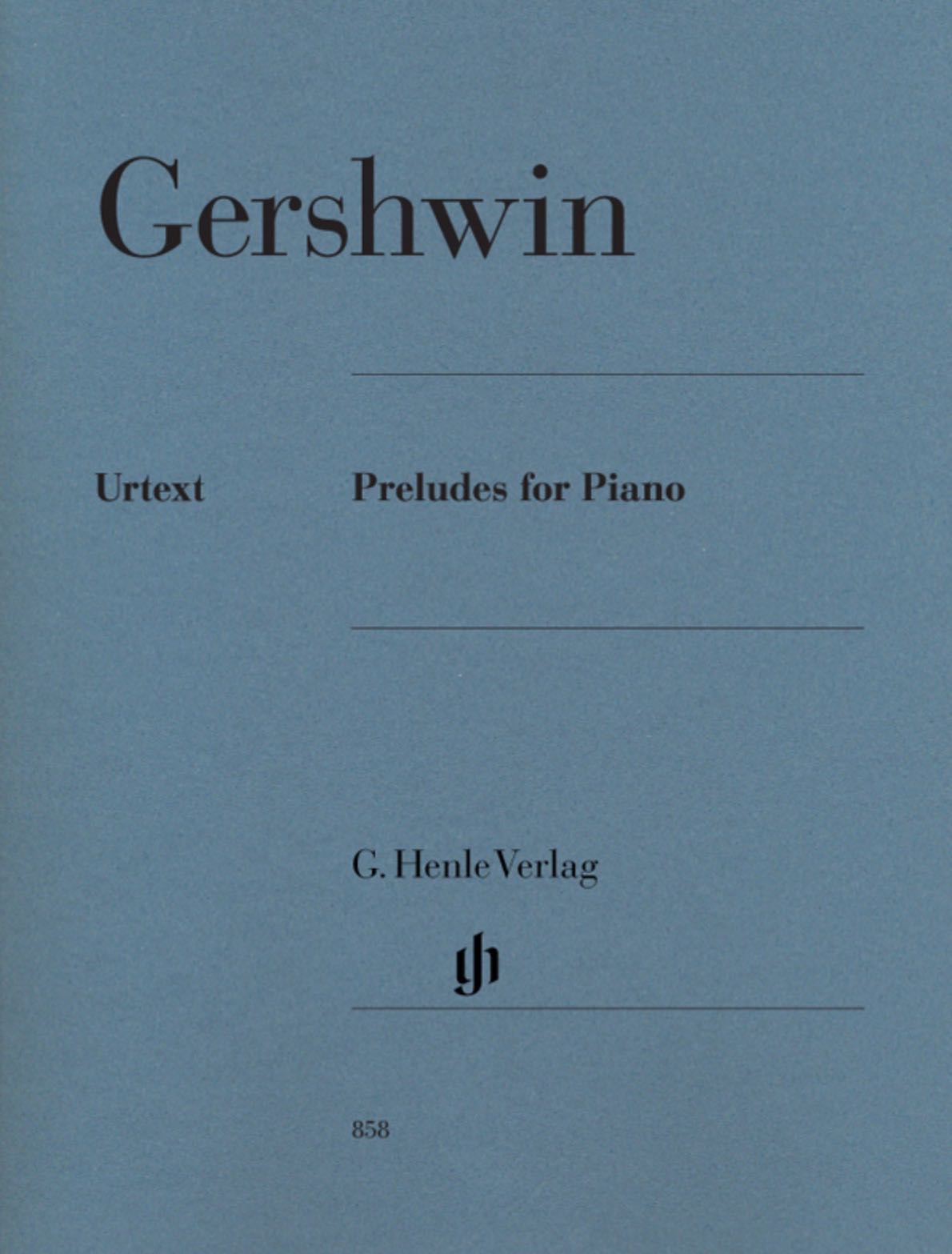
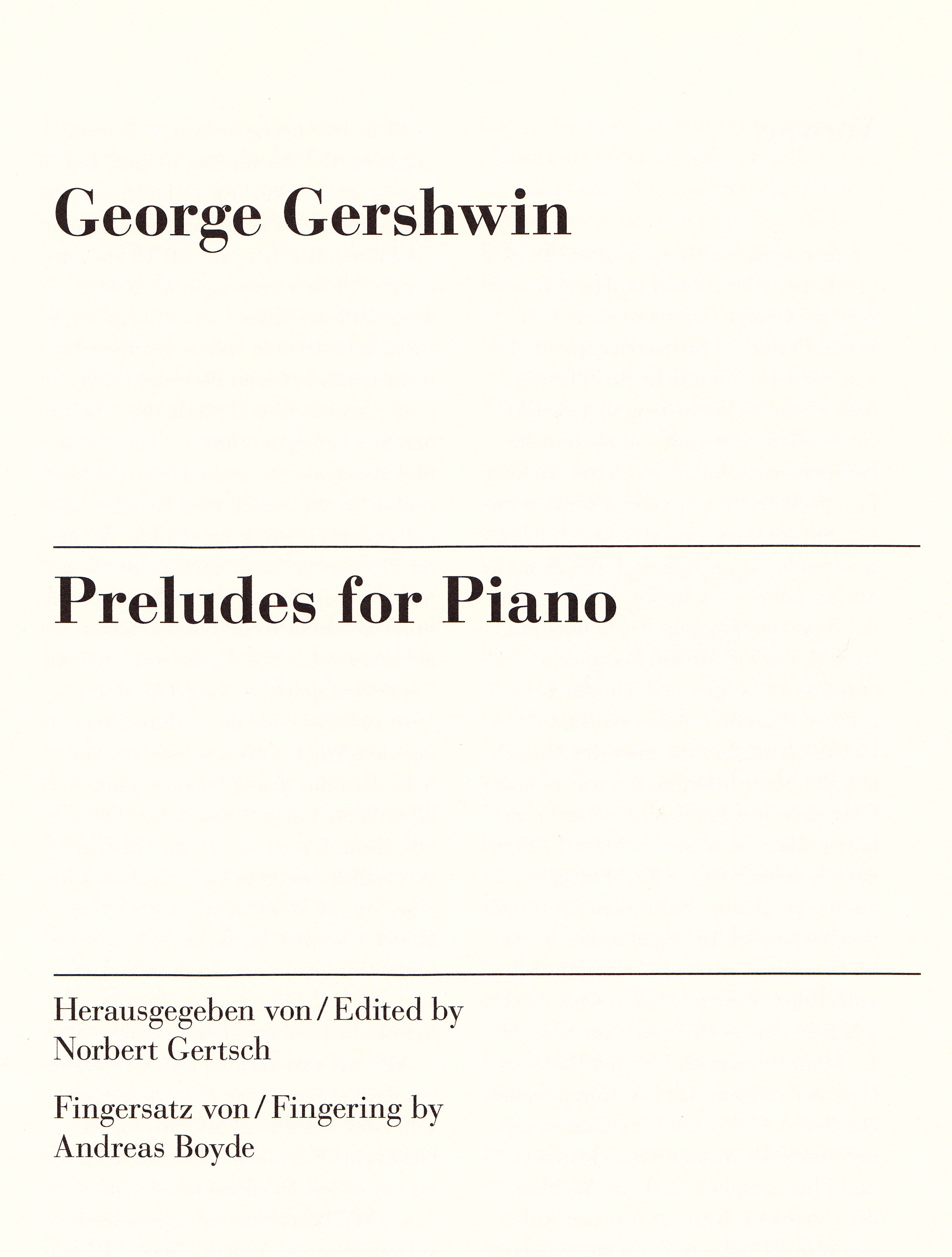
George Gershwin | Preludes for the Piano
Excerpt from G. Henle Publishers: “Some of Gershwin’s finest inspirations have not as yet been either published or publicly performed. It is probable that the production of his twenty-four preludes … will award him a still higher rank in the army of contemporary composers.” In 1925, an admirer thus heralded George Gershwin’s ambitious project in Vanity Fair, namely to compose preludes in all keys as Bach and Chopin had done before. On 4 December of the following year, the composer publicly performed five of these pieces. However, the extremely busy darling of Broadway only published the famous three Preludes for Piano (1927) during his lifetime. We are now proud to present them for the first time in a state-of-the-art Urtext edition.
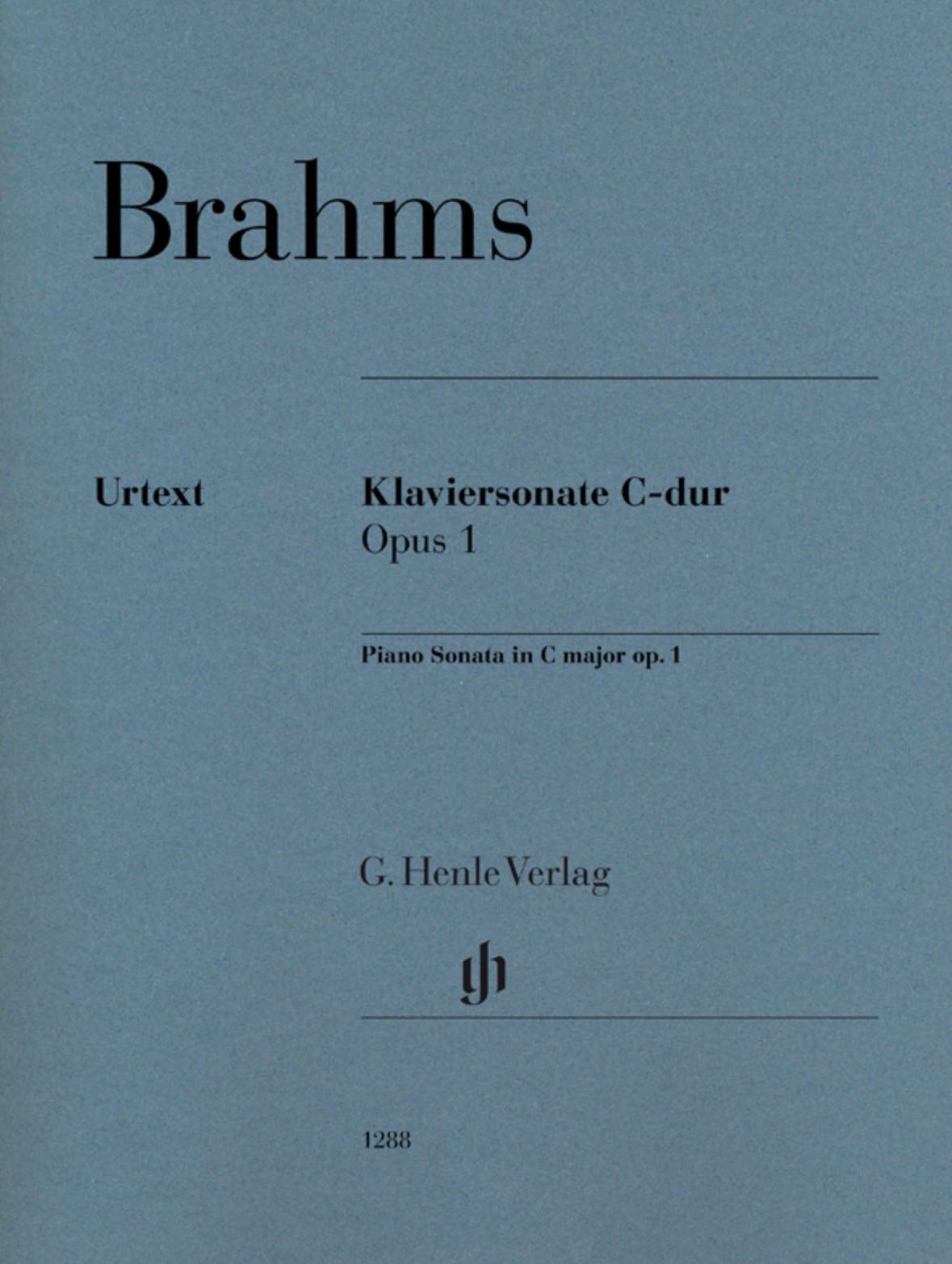
![Henle Brahms Op. 1 [2] Henle Brahms Op. 1 [2]](https://www.andreasboyde.com/wp-content/uploads/2017/01/Brahms-Op.-1-2.jpg)
Johannes Brahms | Piano Sonata in C, Op. 1
Excerpt from G. Henle Publishers: Johannes Brahms’s piano sonatas were among the 20-year-old composer’s first publications. They were written in 1852–53, with the slow movement of this C major Sonata, which uses the song “Verstohlen geht der Mond auf”, bearing the earliest date, April 1852. With this passionate and highly virtuosic Sonata, Brahms introduced himself to the great of the musical world of his day, including the Schumanns in Düsseldorf. Clara Schumann wrote afterwards that “… the whole is full of exuberant fantasy, intimacy of expression and mastery of form”. Brahms’s op. 1 now appears in a separate Henle Urtext edition, revised using the musical text of the Brahms Complete Edition.
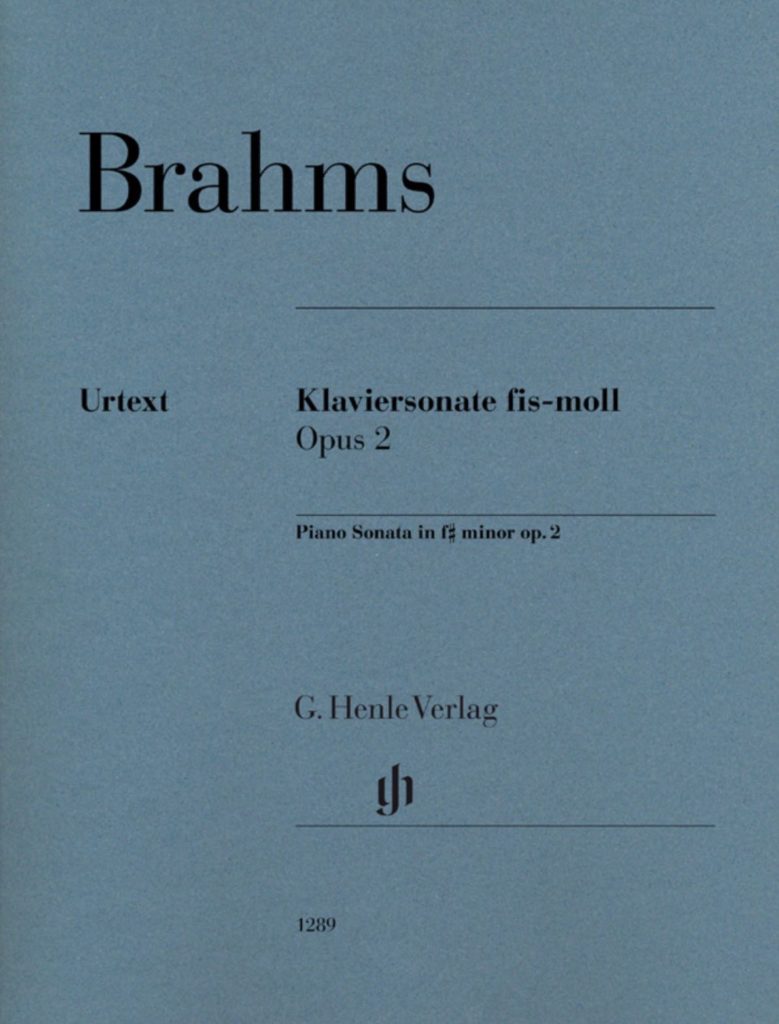
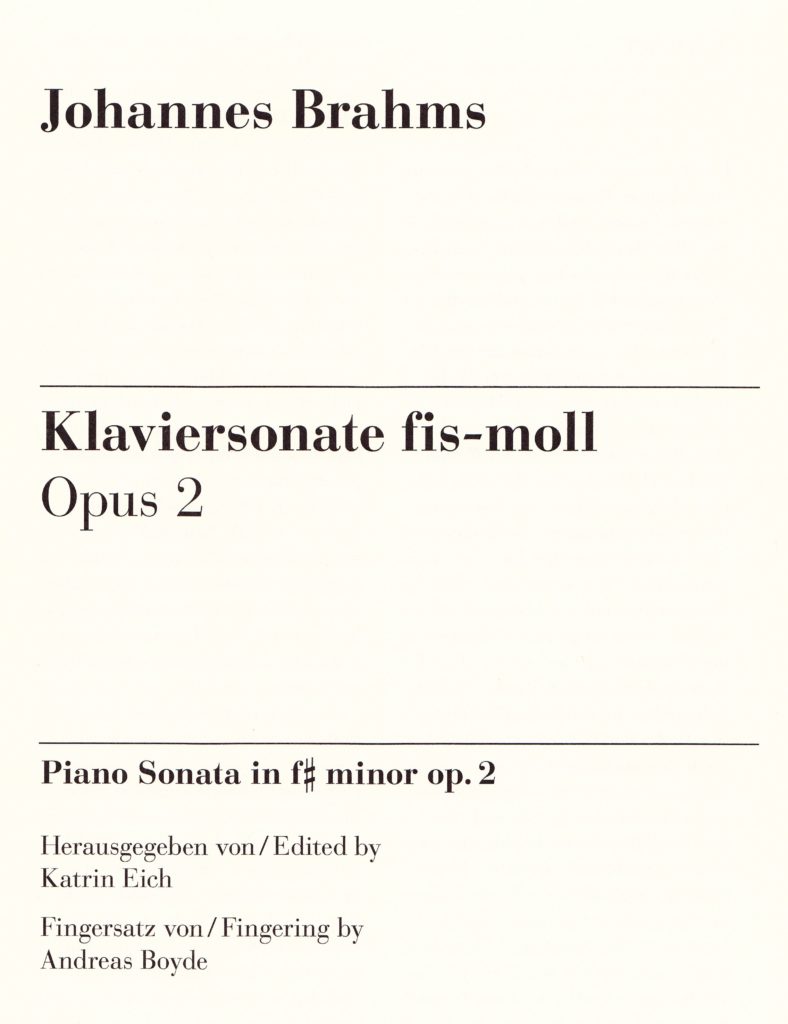
Johannes Brahms | Piano Sonata in f sharp minor, Op. 2
Excerpt from G. Henle Publishers: Johannes Brahms’s Piano Sonatas opp. 1, 2 and 5 were among the first works that the 20-year-old composer published. They were composed in 1852/53, although the Sonata in f-sharp minor was apparently the first of the three to be composed, as it was finished by November 1852. This work has a special place in his oeuvre. Besides its passionate atmosphere, his contemporaries discerned it to be “serious and dignified in character”. Brahms dedicated this sonata to Clara Schumann, whose husband Robert wrote to the composer that “Your second sonata, my friend, has brought me much closer to you”. The ingenious fingerings have been provided by the pianist Andreas Boyde, a recognised Brahms expert.
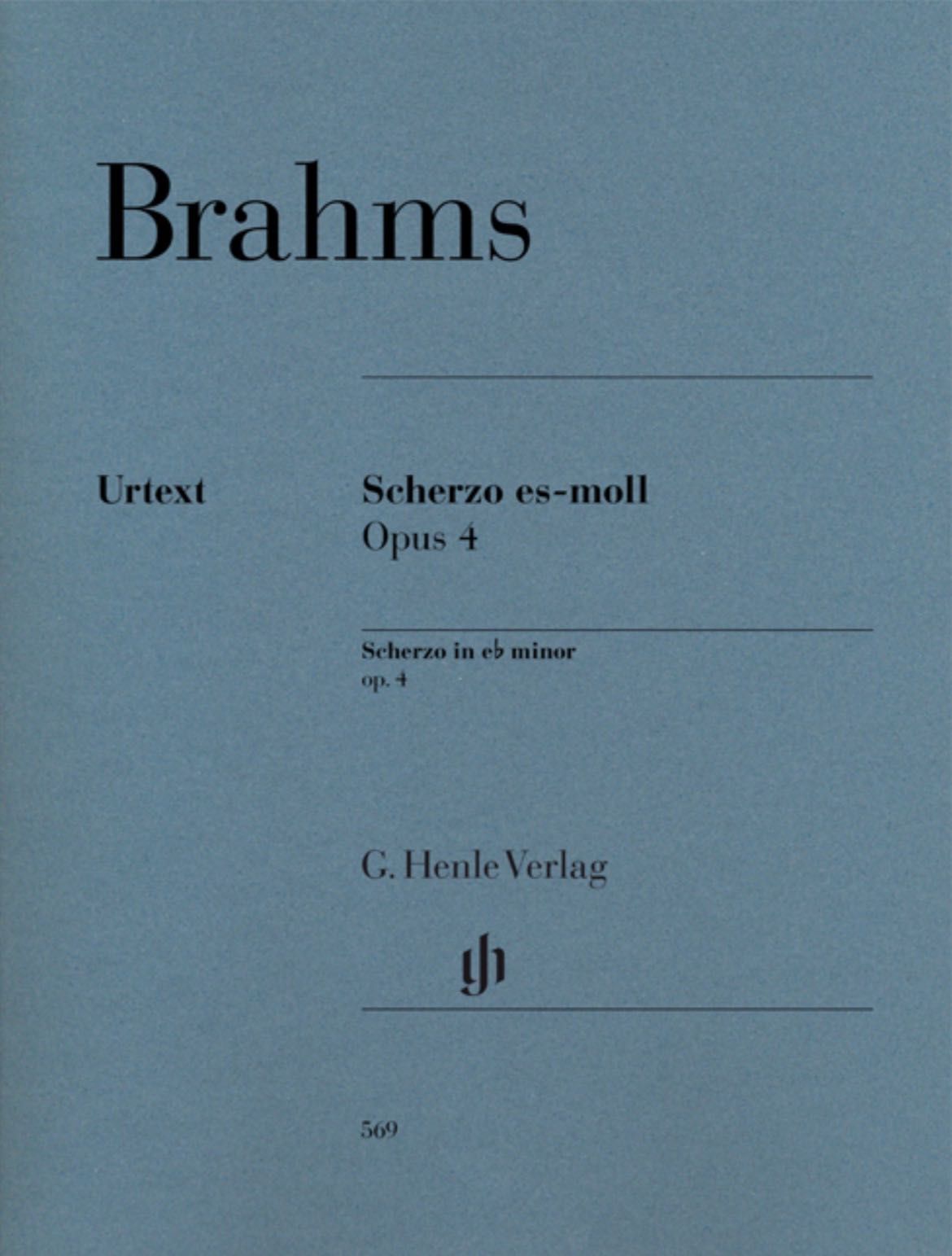
![Henle Brahms Op. 4 [2] Henle Brahms Op. 4 [2]](https://www.andreasboyde.com/wp-content/uploads/2017/01/Brahms-Op.-4-2.jpg)
Johannes Brahms | Scherzo e flat minor, Op. 4
Excerpt from G. Henle Publishers: The Scherzo op. 4 was written in 1851 – Brahms was not even 20 years old – and was a kind of calling card with which the young composer and pianist introduced himself to influential musicians. He also played the Scherzo to the Schumanns several times in 1853, and thus might have inspired his older colleague to write the famous article “Neue Bahnen” (New Ways). In it, Schumann praised “single piano pieces, some of them turbulent in spirit while graceful in form”. We are publishing the work that has until now only been available in the volume HN 38 in a single edition. It has recently been revised following the musical text of the new Brahms Complete Edition and now also contains new fingerings by Andreas Boyde.
![Brahms Op. 5 [1] Brahms Op. 5 [1]](https://www.andreasboyde.com/wp-content/uploads/2018/04/Brahms-Op.-5-1.jpg)
![Brahms Op. 5 [2] Brahms Op. 5 [2]](https://www.andreasboyde.com/wp-content/uploads/2018/04/Brahms-Op.-5-2.jpg)
Johannes Brahms | Piano Pieces
Excerpt from G. Henle Publishers: Johannes Brahms’s piano sonatas opp. 1, 2 and 5 were among the first works that the then 20-year-old composer published. Much of the music of the f-minor Sonata is closely connected to Brahms’s visit to Robert and Clara Schumann in Düsseldorf in the autumn of 1853. There are indications that the young Brahms was inspired by Robert Schumann’s Sonata op. 14 – which was also in f minor. The music critic Eduard Hanslick also believed that he could discern the influence of Brahms’s older colleague when he wrote about the Sonata op. 5: “The whole of Brahms is here, though still under the spell of Schumann”. This revised Urtext edition is based on the musical text of the New Brahms Complete Edition. The fingerings are by Andreas Boyde and offer the performer highly ingenious solutions to mastering this piano work that is so symphonic in scope.
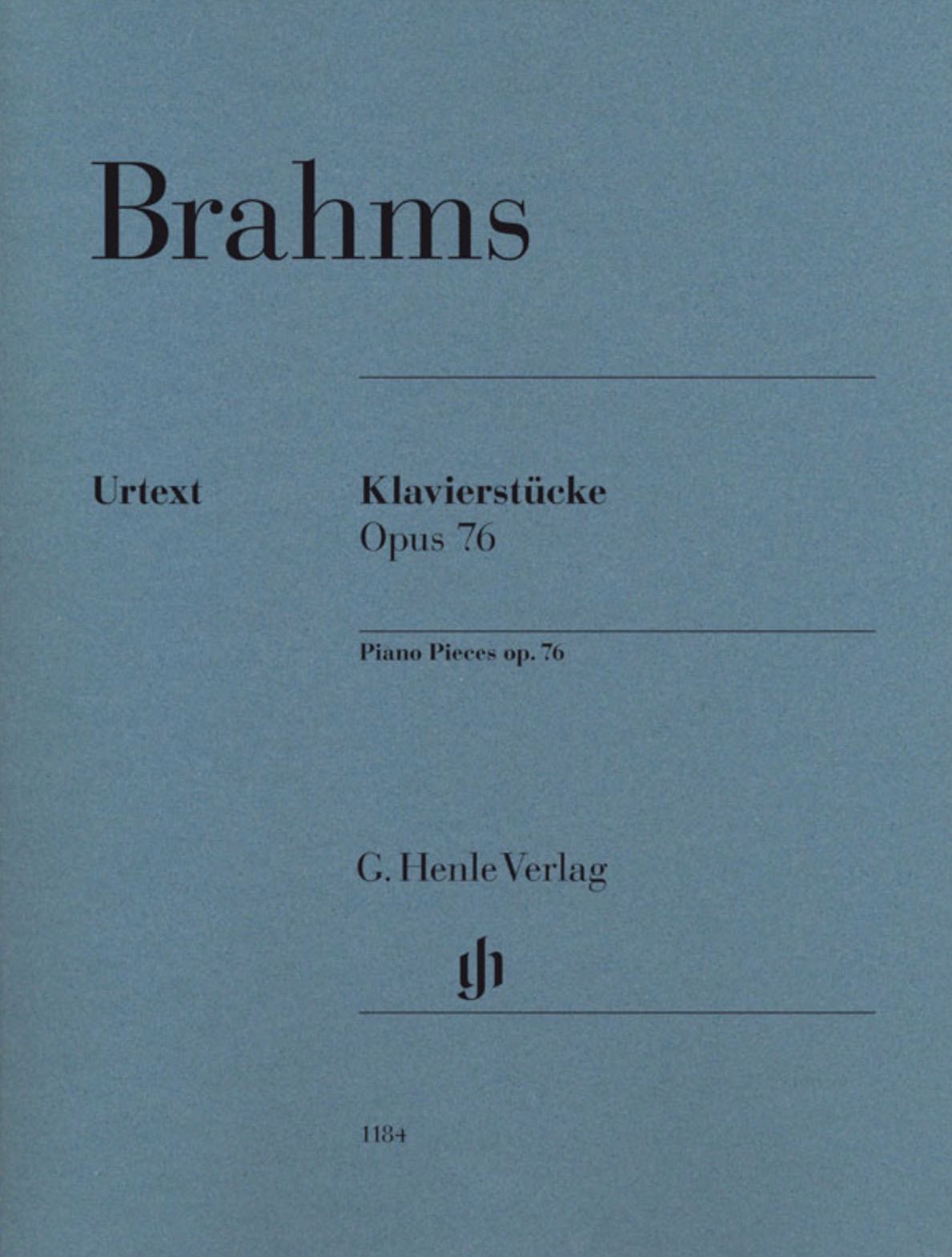
![Henle Brahms Op. 76 [2] Henle Brahms Op. 76 [2]](https://www.andreasboyde.com/wp-content/uploads/2017/01/Brahms-Op.-76-2.jpg)
Johannes Brahms | Piano Pieces, Op. 76
Excerpt from G. Henle Publishers: Brahms mainly composed the eight Piano Pieces op. 76 in summer 1878 in the summer resort of Pörtschach at Lake Wörth. Theodor Billroth, a close friend, was enthusiastic about the new works: “These are magnificent pieces, beautiful and interesting to play. They lie so well under the hand for those who are a little used to Schumann’s and Chopin’s technique that it is a pleasure to practise them.” As the volume “Piano Pieces” was published in 2011 as part of the Johannes Brahms Complete Edition (HN 6014), we are now replacing the previous volume HN 118 with this new one, presenting these “magnificent pieces” in the musical text of the Complete Edition, accompanied by revealing commentaries detailing their genesis and publication.
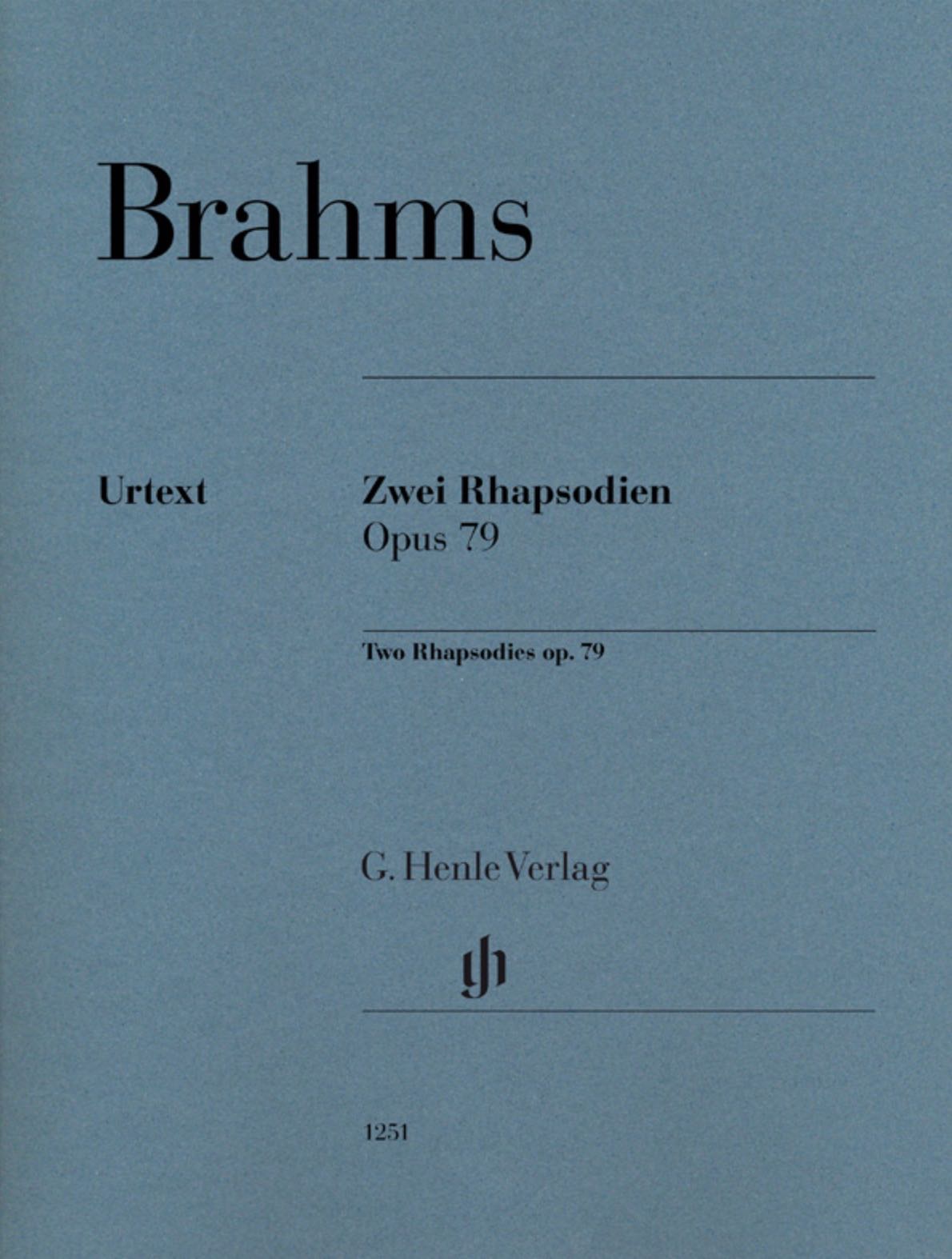
![Henle Brahms Op. 79 [2] Henle Brahms Op. 79 [2]](https://www.andreasboyde.com/wp-content/uploads/2017/01/Brahms-Op.-79-2.jpg)
Johannes Brahms | Two Rhapsodies, Op. 79
Excerpt from G. Henle Publishers: In 1879, about ten years before Johannes Brahms composed his late, melancholic piano pieces, he wrote the two Rhapsodies op. 79 – two markedly passionate and comparatively extensive works. In a letter to the convalescent Clara Schumann, Brahms spoke in a typically understated fashion about the two pieces “with which you can really run riot and test whether the course of treatment has actually had any effect”. We prefer to agree with Brahms’ friend Elisabeth von Herzogenberg: “the fact that the g minor is my favourite does not make me insensitive towards the intensely prickly beauty of the one in b minor”. Both of these popular works have now been revised on the basis of the new Brahms Complete Edition.
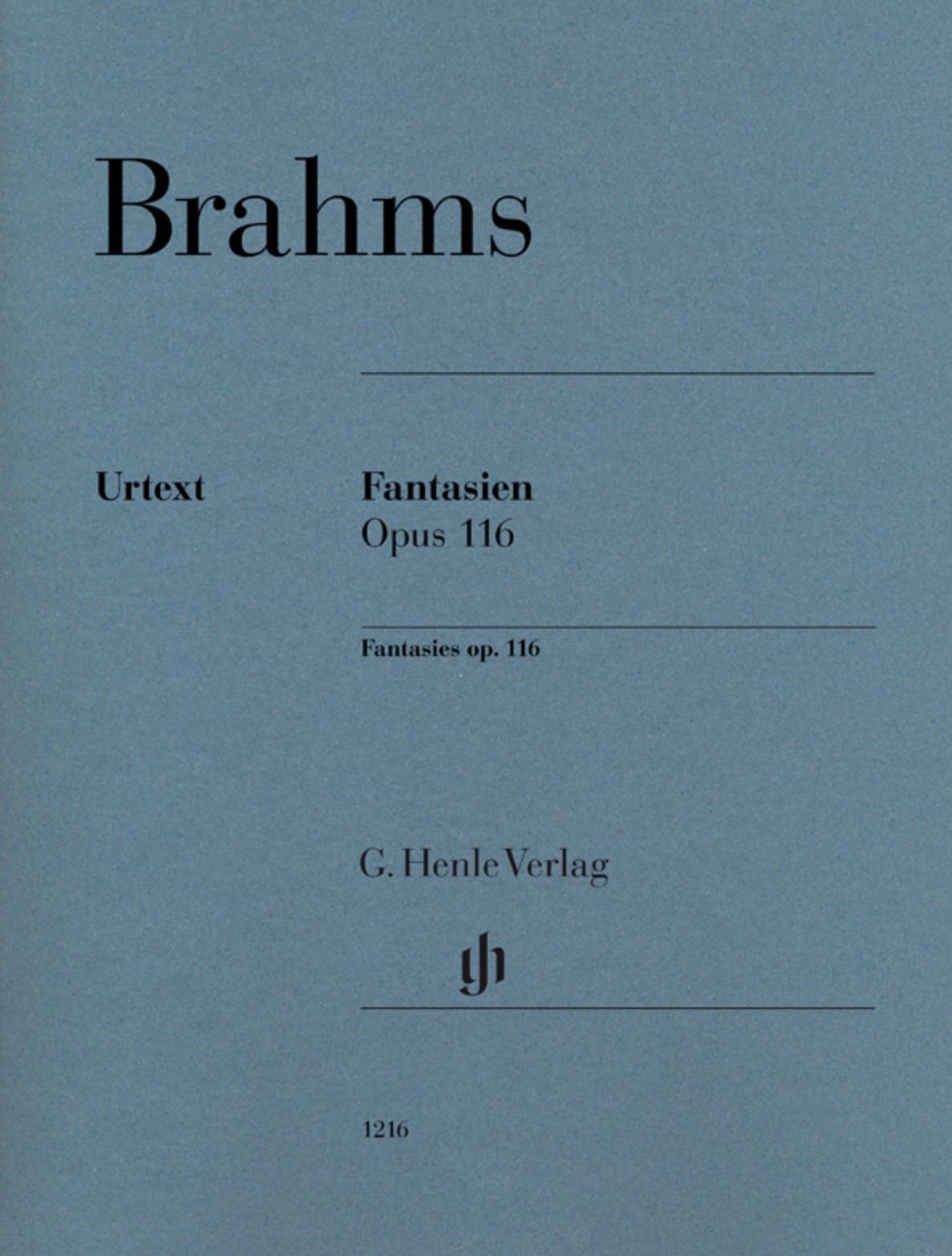
![Henle Brahms Op. 116 [2] Henle Brahms Op. 116 [2]](https://www.andreasboyde.com/wp-content/uploads/2017/01/Brahms-Op.-116-2.jpg)
Johannes Brahms | Fantasies, Op. 116
Excerpt from G. Henle Publishers: Johannes Brahms presumably wrote the Fantasies op. 116 at the same time as the Intermezzi op. 117 in the summer of 1892 in Bad Ischl. His sojourn in the Salzkammergut obviously inspired Brahms to write music for solo piano, as a year later he worked on other cycles when he was there. Amongst these late melancholy piano pieces, op. 116 is in particular characterised by opposites. Four “dreamy” – according to Clara Schumann – intermezzi are juxtaposed with three “deeply passionate” capricci. Seven pieces in true Brahms’ style, which are also accessible to non-virtuosos due to their medium level of difficulty. Our revision contains the musical text of the new Brahms Complete Edition.
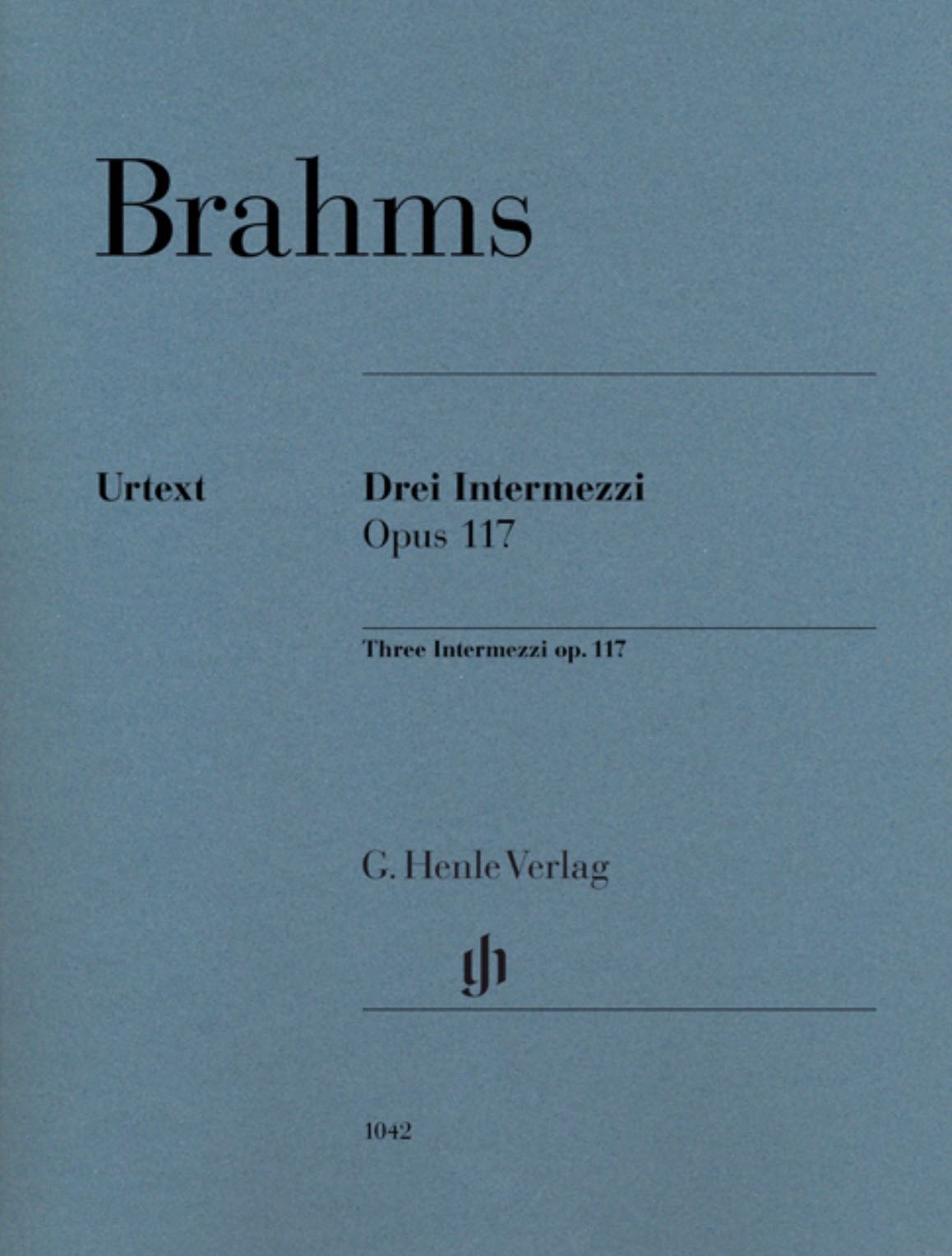
![Henle Brahms Op. 117 [2] Henle Brahms Op. 117 [2]](https://www.andreasboyde.com/wp-content/uploads/2017/01/Brahms-Op.-117-2.jpg)
Johannes Brahms | Three Intermezzi, Op. 117
The three popular Intermezzi op. 117 can be seen as the epitome of Brahms’ late work for piano. Clara Schumann confessed: “In these pieces I at last feel musical life stir once again in my soul”. Brahms reacted, as he often did, in a rather brusque manner. Although he sometimes described the three Intermezzi as being “Wiegenlieder” (lullabies), he formally rejected this title: “It should then say, lullaby of an unhappy mother or of a disconsolate bachelor.” The new edition of these moderately difficult Intermezzi (level of difficulty 5/6) has now been revised following the musical text of the Brahms Complete Edition, and has fingerings by Andreas Boyde.
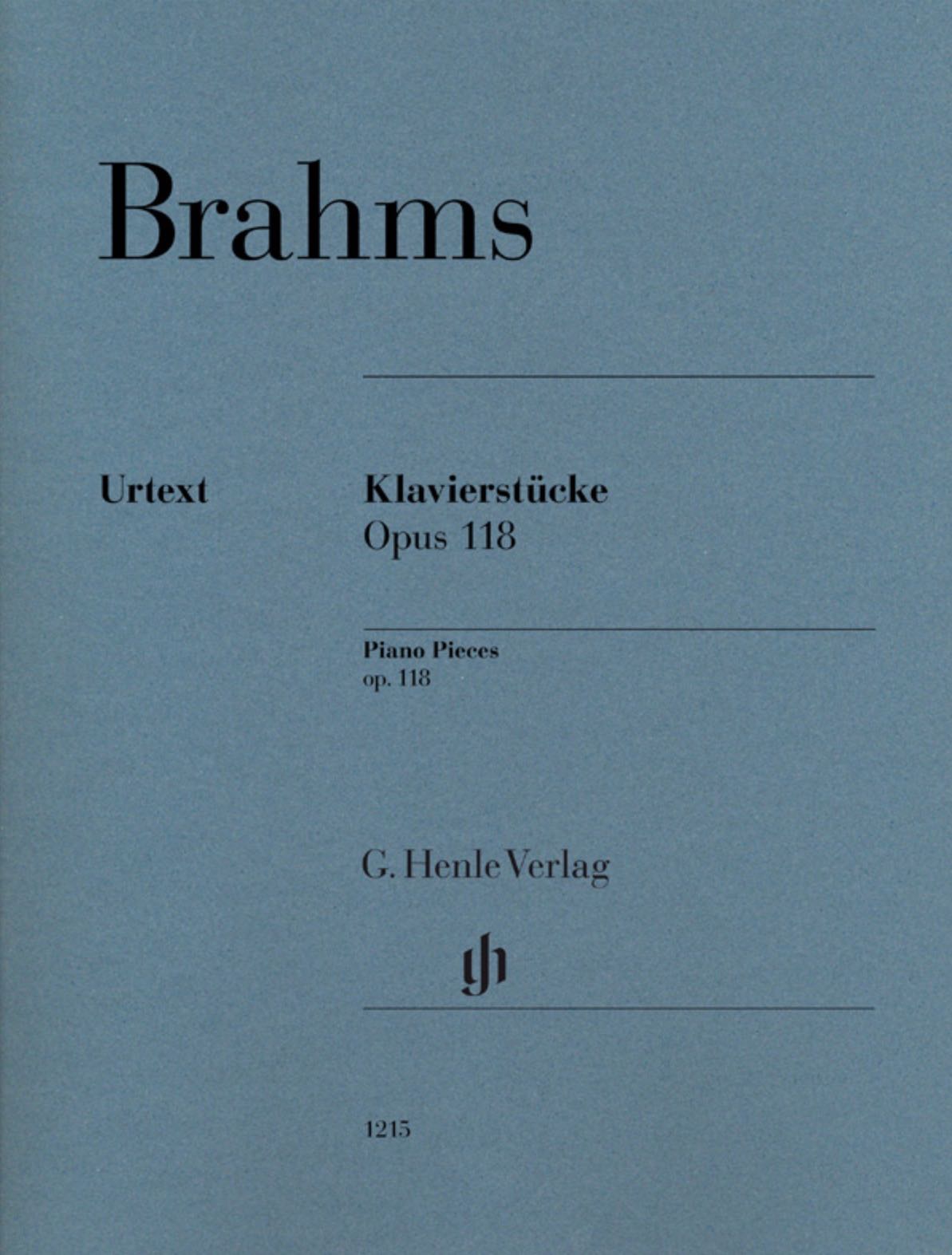
![Henle Brahms Op. 118 [2] Henle Brahms Op. 118 [2]](https://www.andreasboyde.com/wp-content/uploads/2017/01/Brahms-Op.-118-2.jpg)
Johannes Brahms | Piano Pieces, Op. 118
Excerpt from G. Henle Publishers: When his contemporaries heard the works that Johannes Brahms had composed during his summer holiday in Ischl in 1893 – the Piano Pieces op. 118 –, they were delighted. Clara Schumann was one of the first to be allowed to get to know the new pieces, and she attested that they contained “a wealth of sentiment in the smallest of dimensions”. Philipp Spitta fittingly said that the works were “perfect for slowly absorbing in solitude and tranquillity”. Opus 118 contains two of the composer’s bestknown miniatures – the Intermezzo in A major and the Romanze in F major. We particularly recommend this volume, based on the musical text in the New Brahms Complete Edition, to all those who wish to immerse themselves in the world of Brahms’ late works.
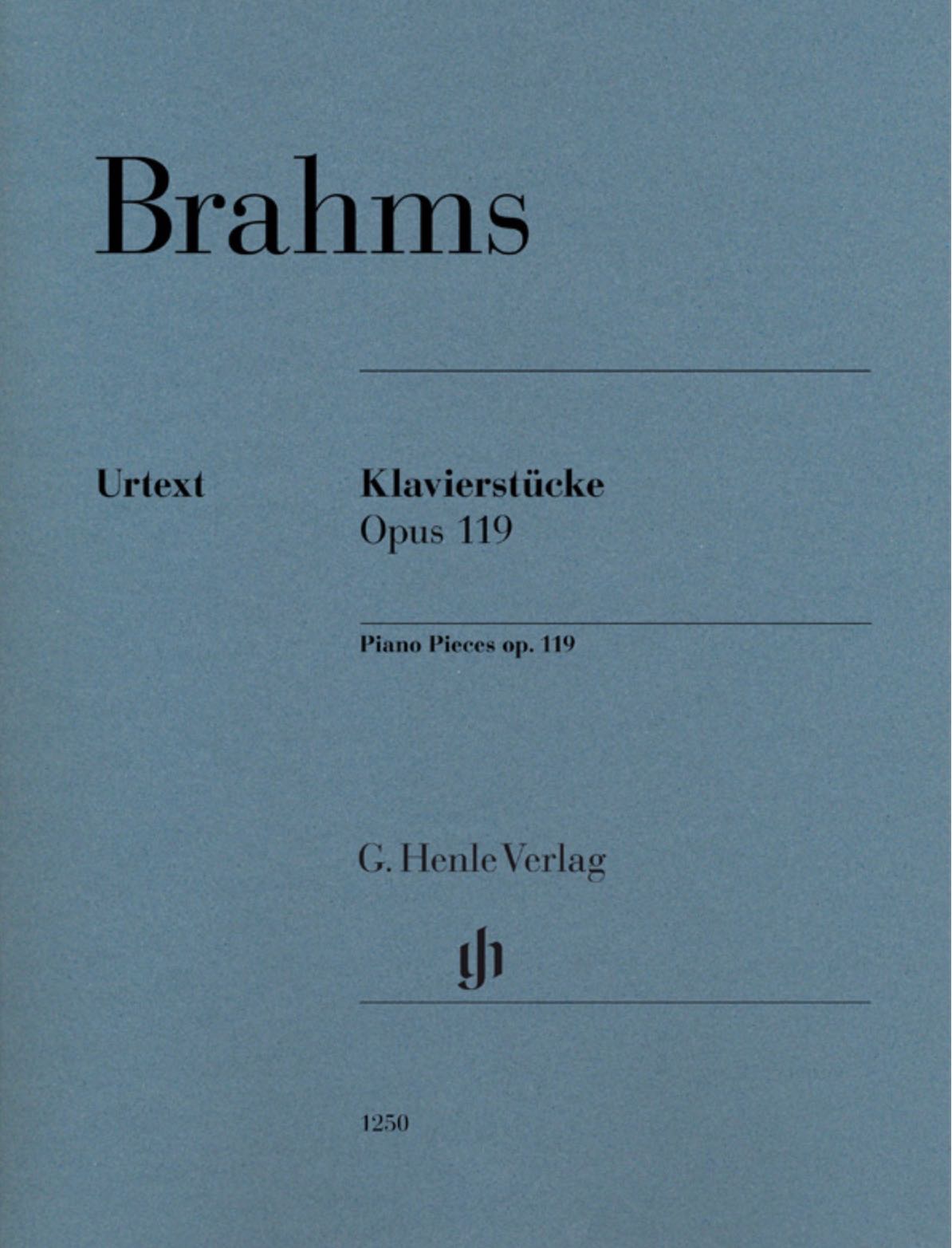
![Henle Brahms Op. 119 [2] Henle Brahms Op. 119 [2]](https://www.andreasboyde.com/wp-content/uploads/2017/01/Brahms-Op.-119-2.jpg)
Johannes Brahms | Piano Pieces, Op. 119
Excerpt from G. Henle Publishers: Johannes Brahms’ summer sojourn in 1893 in Bad Ischl was productive. Alongside the pieces op. 118, he also wrote his last cycle of piano pieces, opus 119. The composer wrote to Clara Schumann of the opening work, saying that it was teeming with dissonances and that: “every measure and every note must sound like a ritardando, as if one wanted to suck the melancholy out of each single one, with lust and pleasure out of the aforementioned dissonances!” Yet opus 119 contains something for every mood: No. 3 surprises with its lively and light C major, and the cycle is completed with the defiant rhapsody in E flat major. Our revised edition, based on the Brahms Complete Edition, is an invitation to pianists to rediscover Brahms’ complex cosmos.
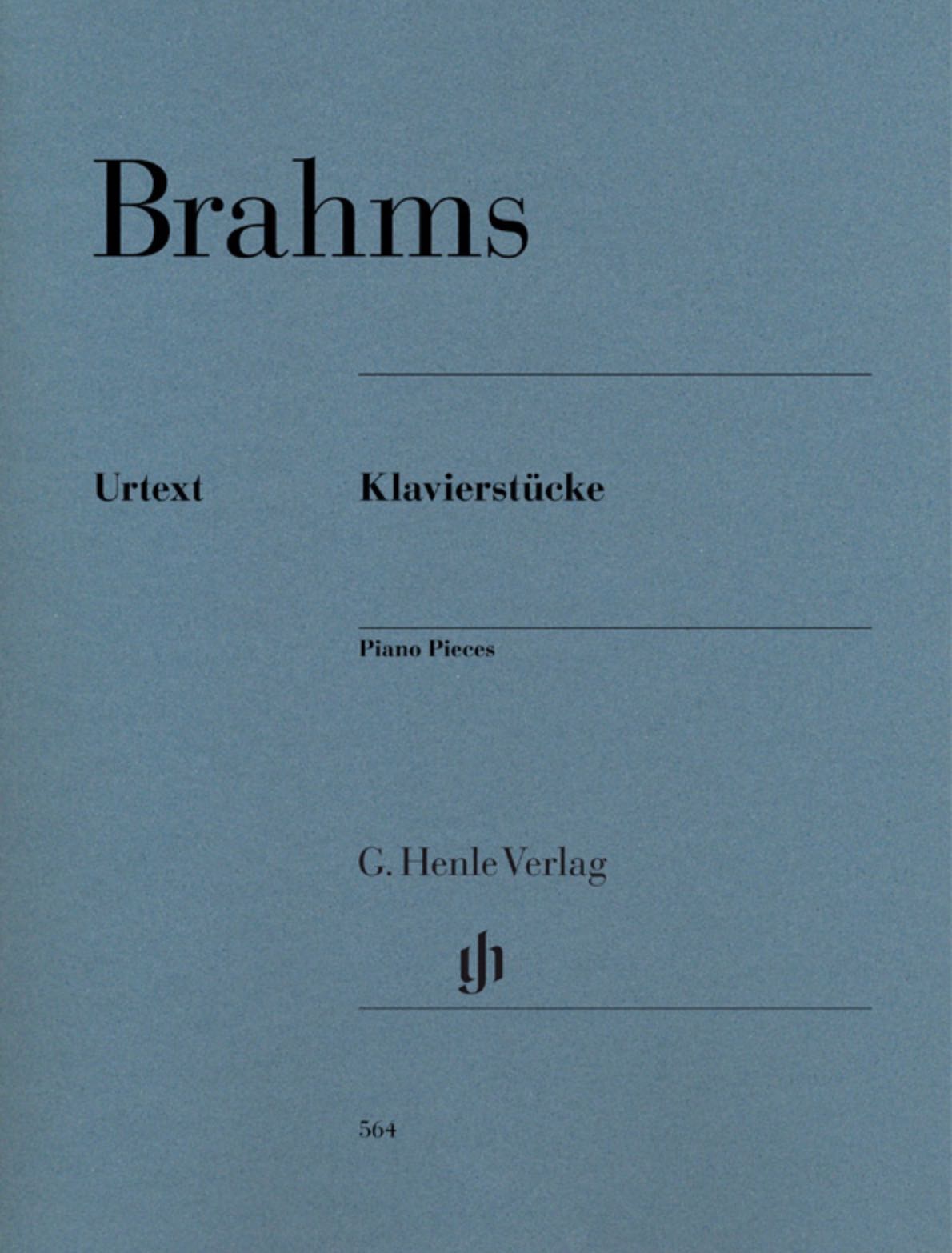
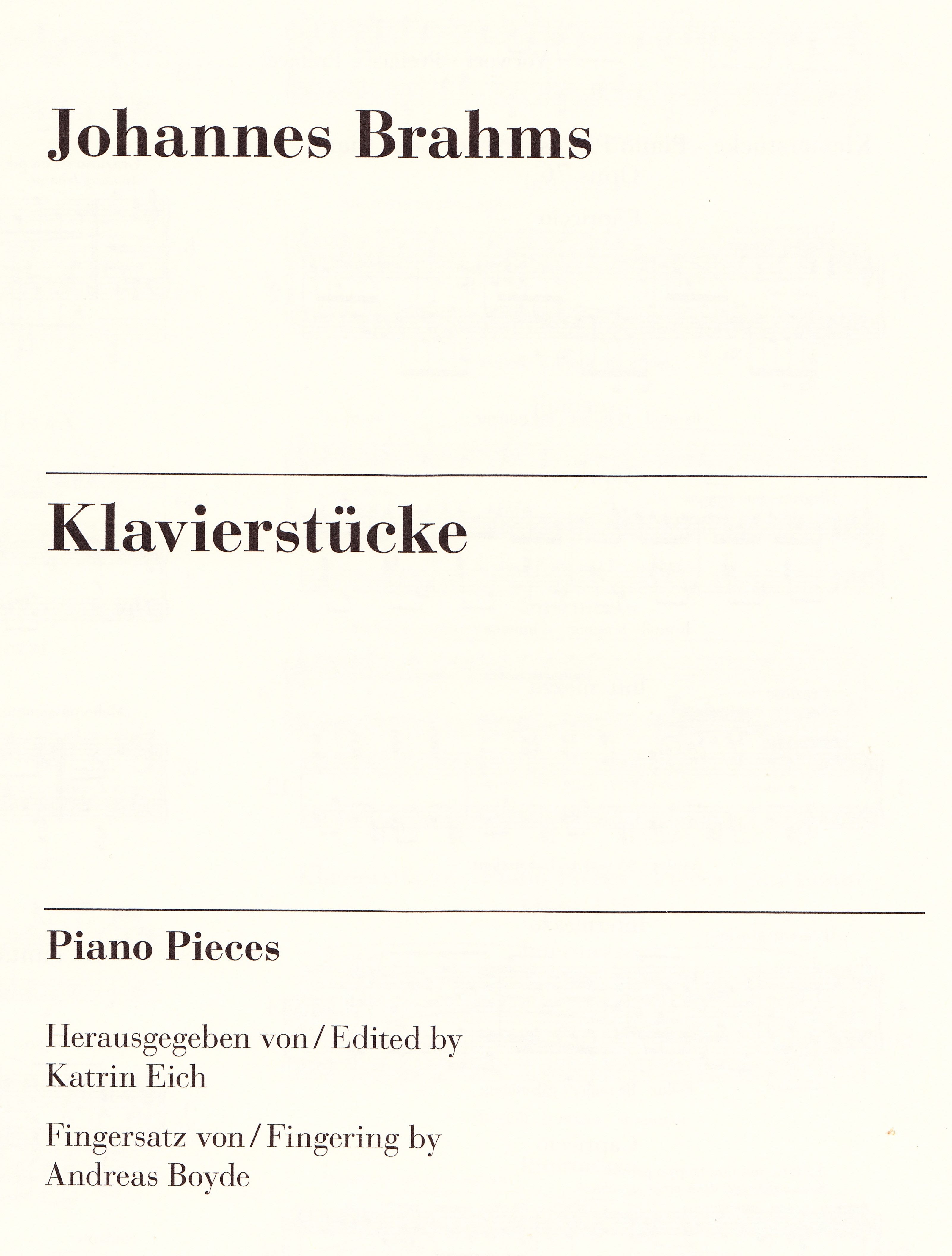
Johannes Brahms | Piano Pieces
Excerpt from G. Henle Publishers: Johannes Brahms’ late piano works in the form of the two editions HN 36 (paperbound) and 37 (clothbound) have been a cornerstone of the Henle catalogue ever since the early 1950s. In 2011 the volume with piano pieces (HN 6014) was published in the new Brahms Complete Edition, an edition of these important works that reflected the latest in scholarly research. Having already published single volumes of our Urtext editions of opus numbers 76, 79 and 116–119 with the up-to-date musical text in the Complete Edition, we are now rounding off this Brahms project by publishing the revised volume of collected works, available as a classic paperbound, clothbound or handy study edition. An open invitation to all those who wish to immerse themselves in Brahms’ fascinating piano cosmos.